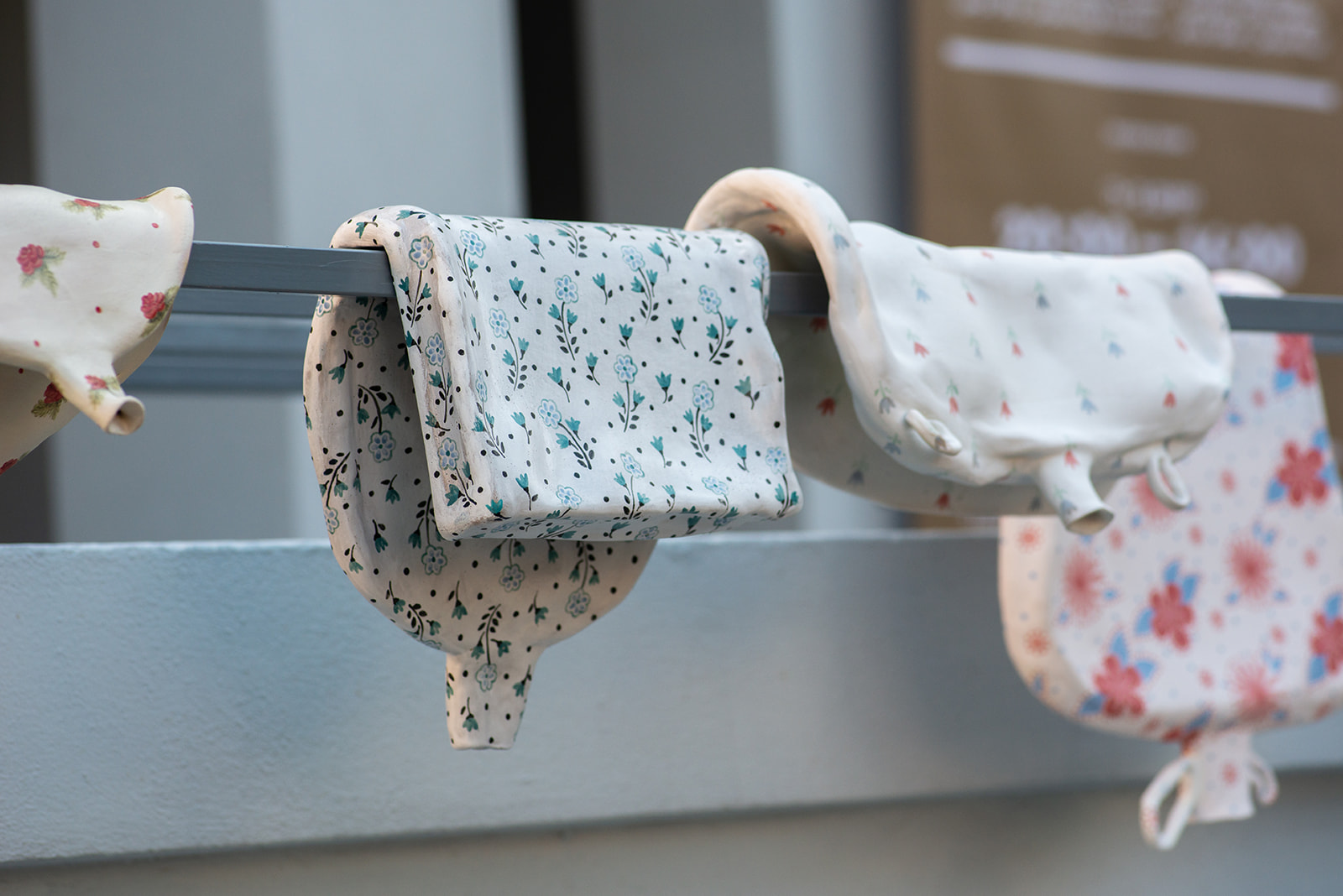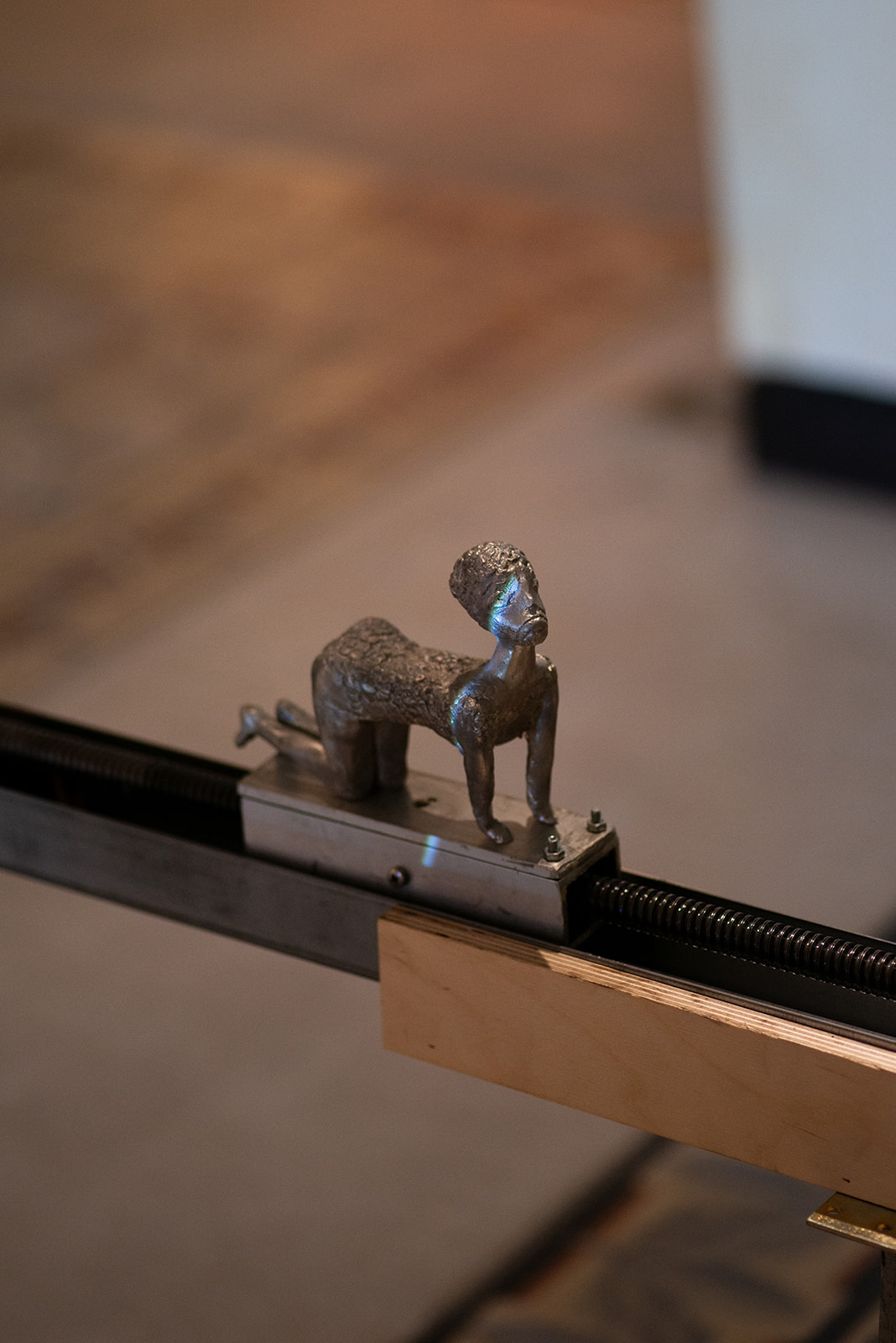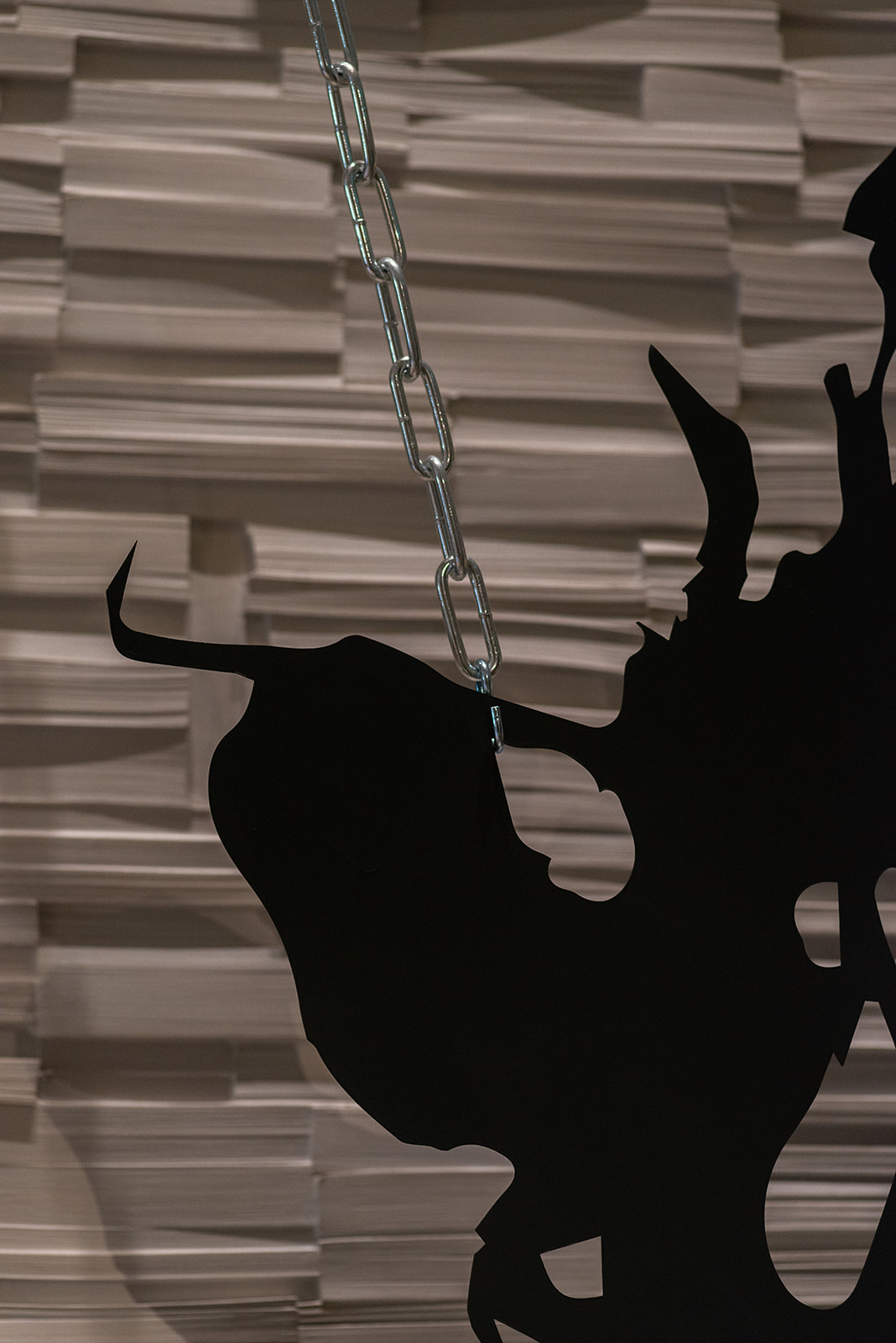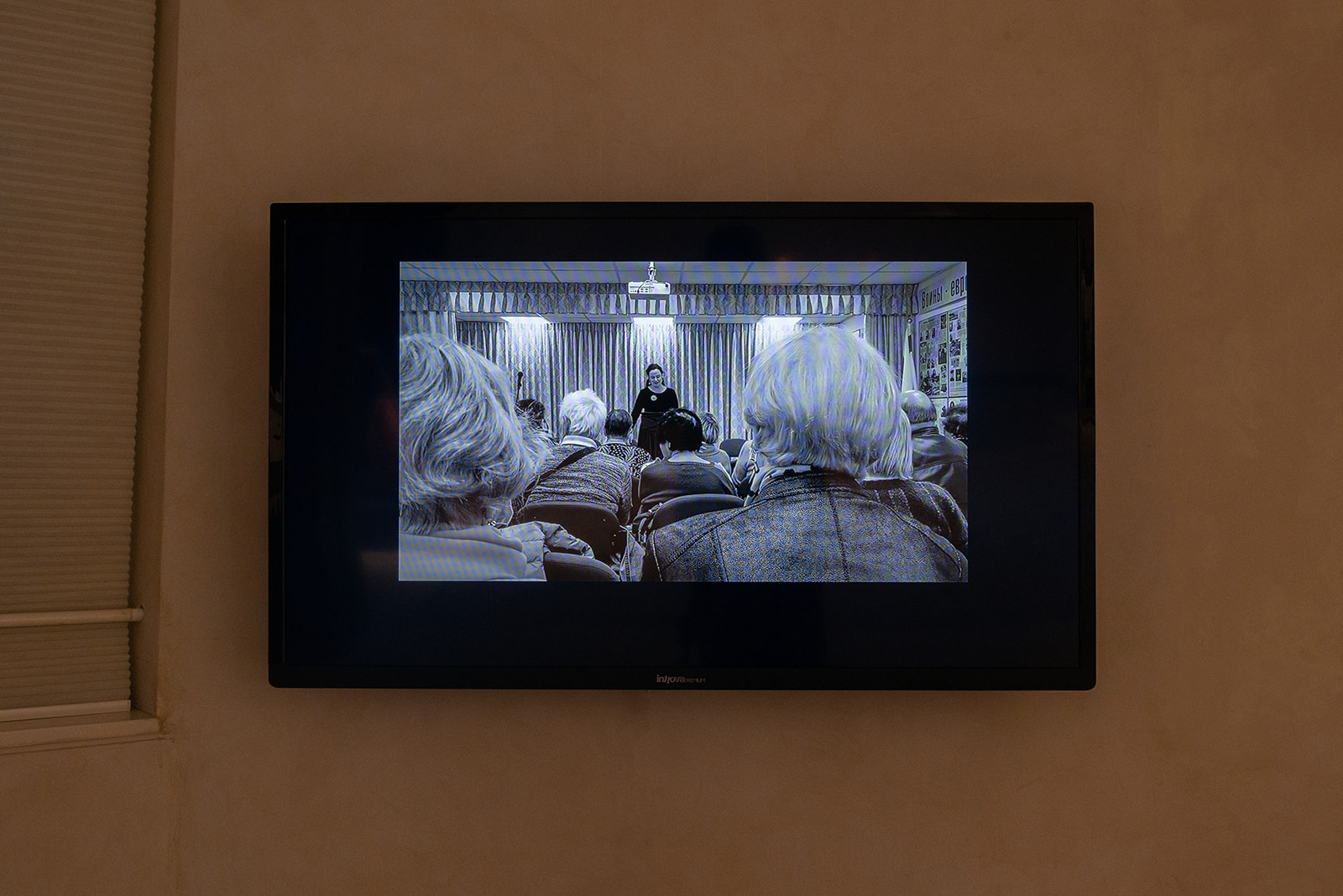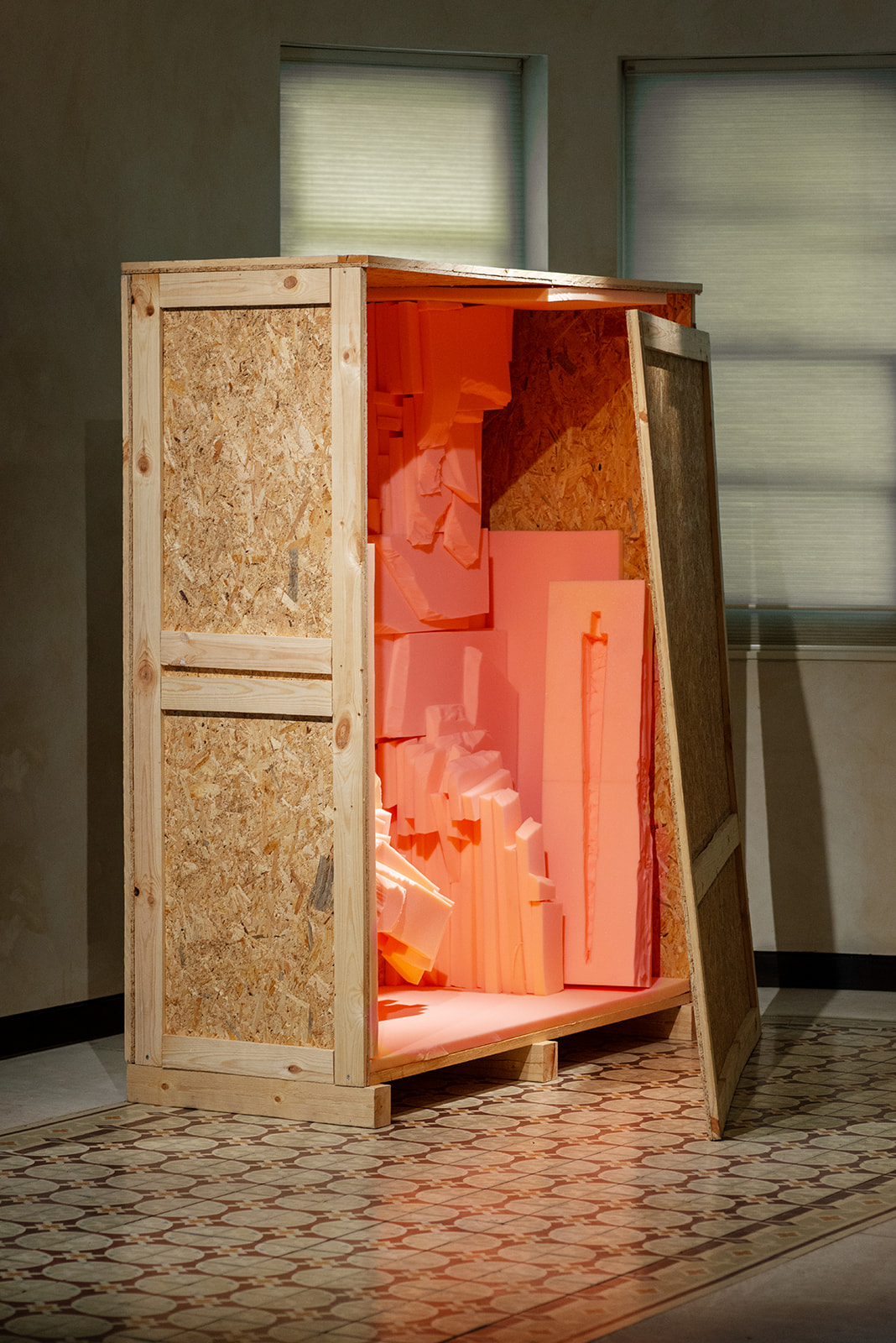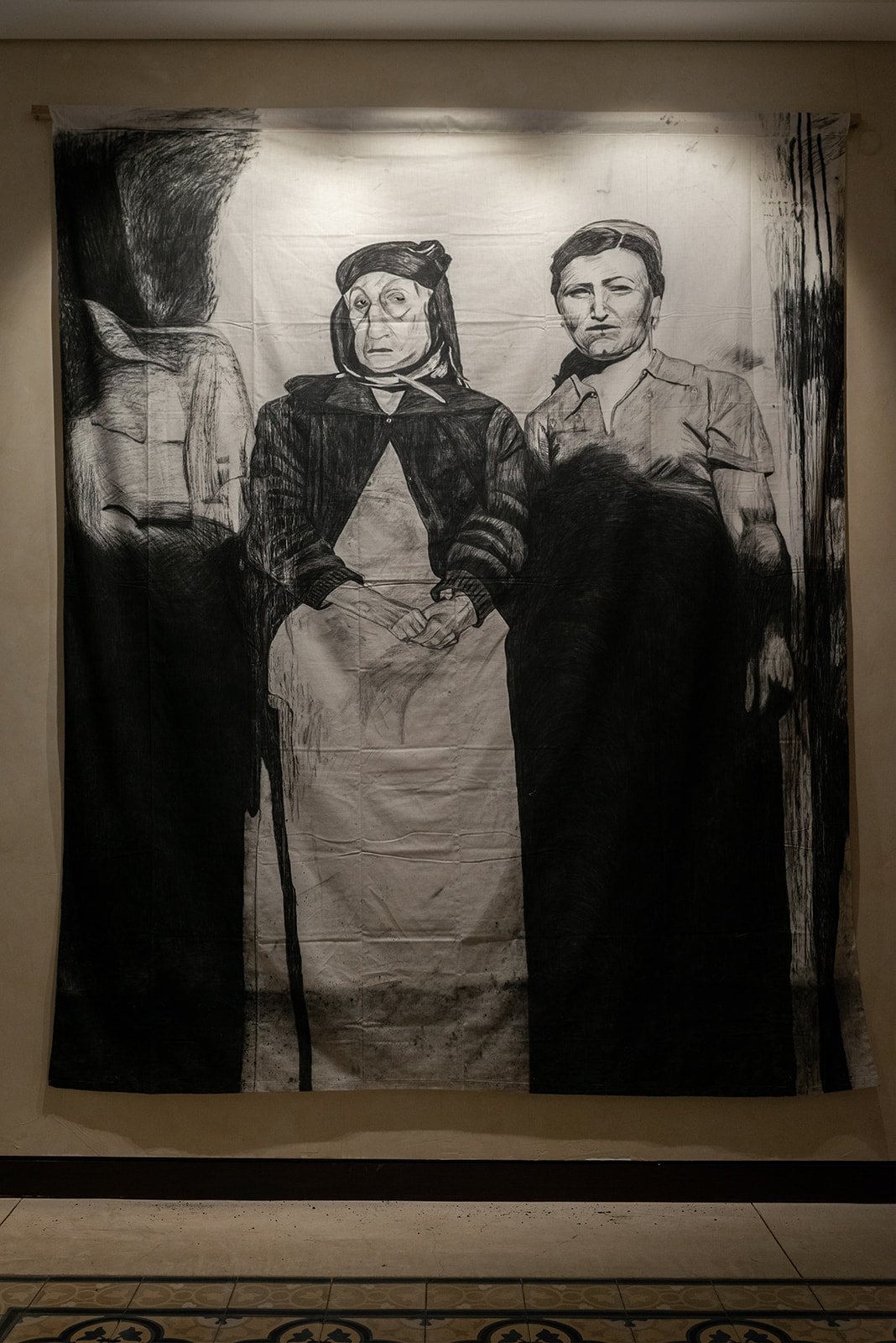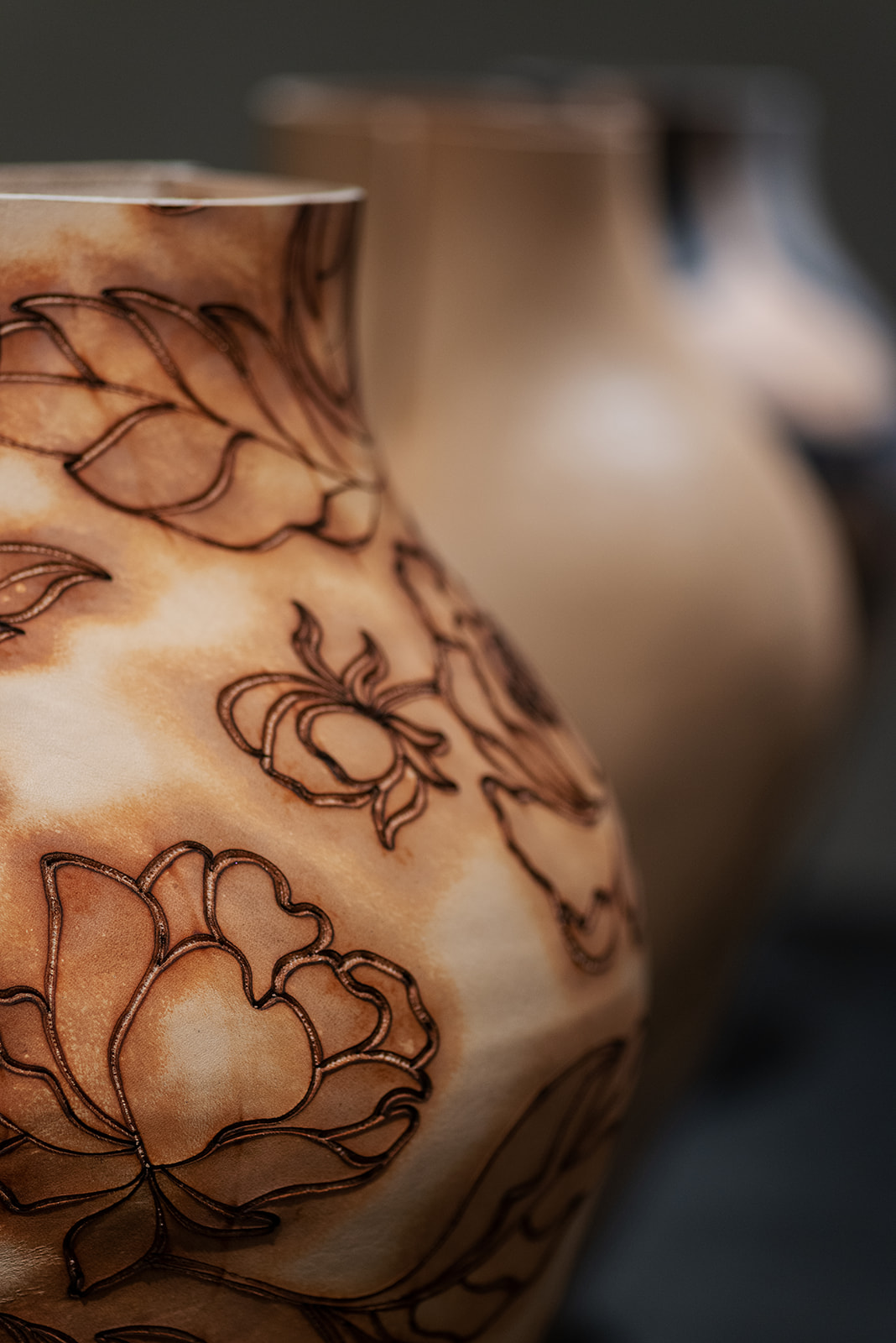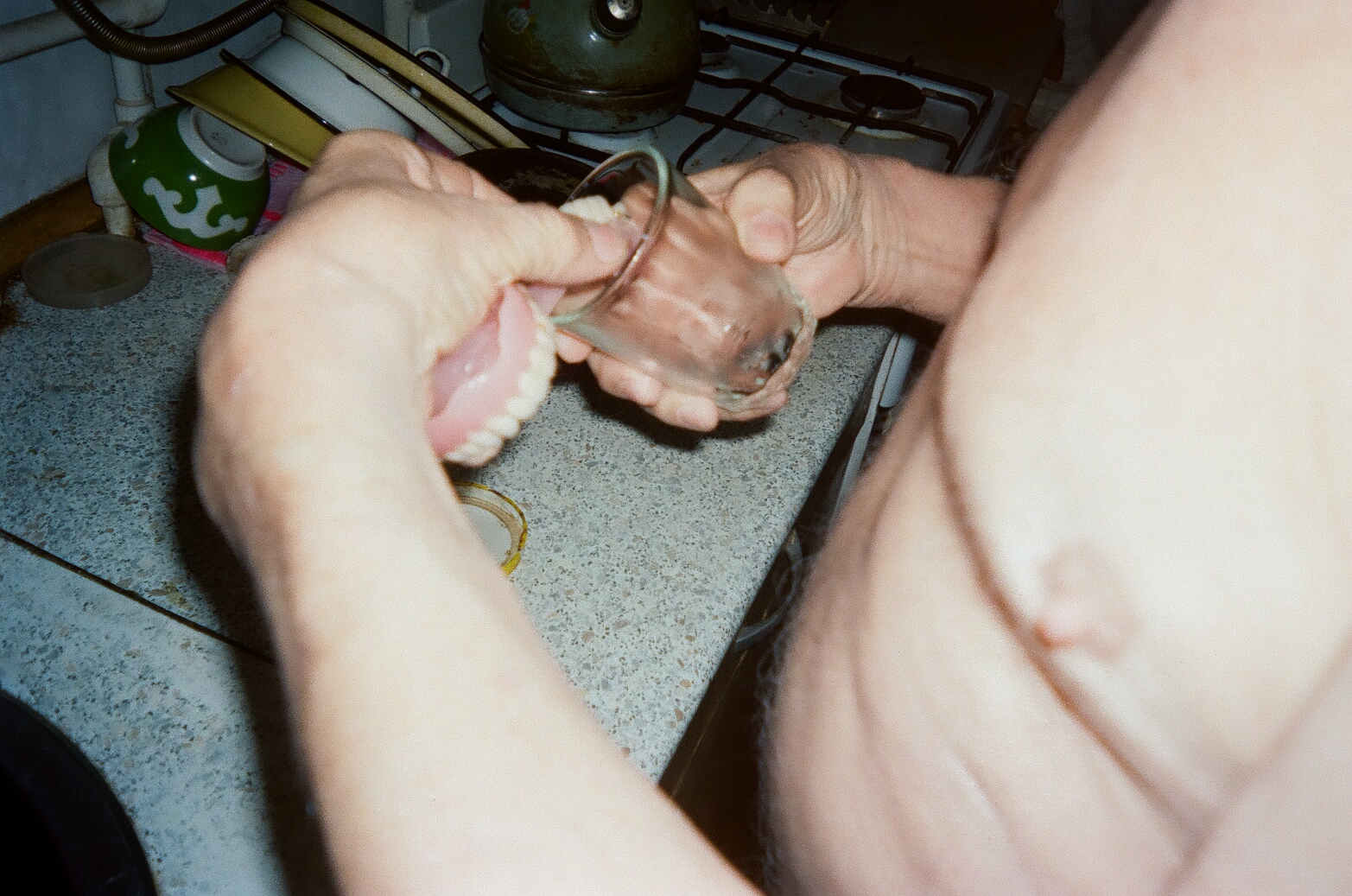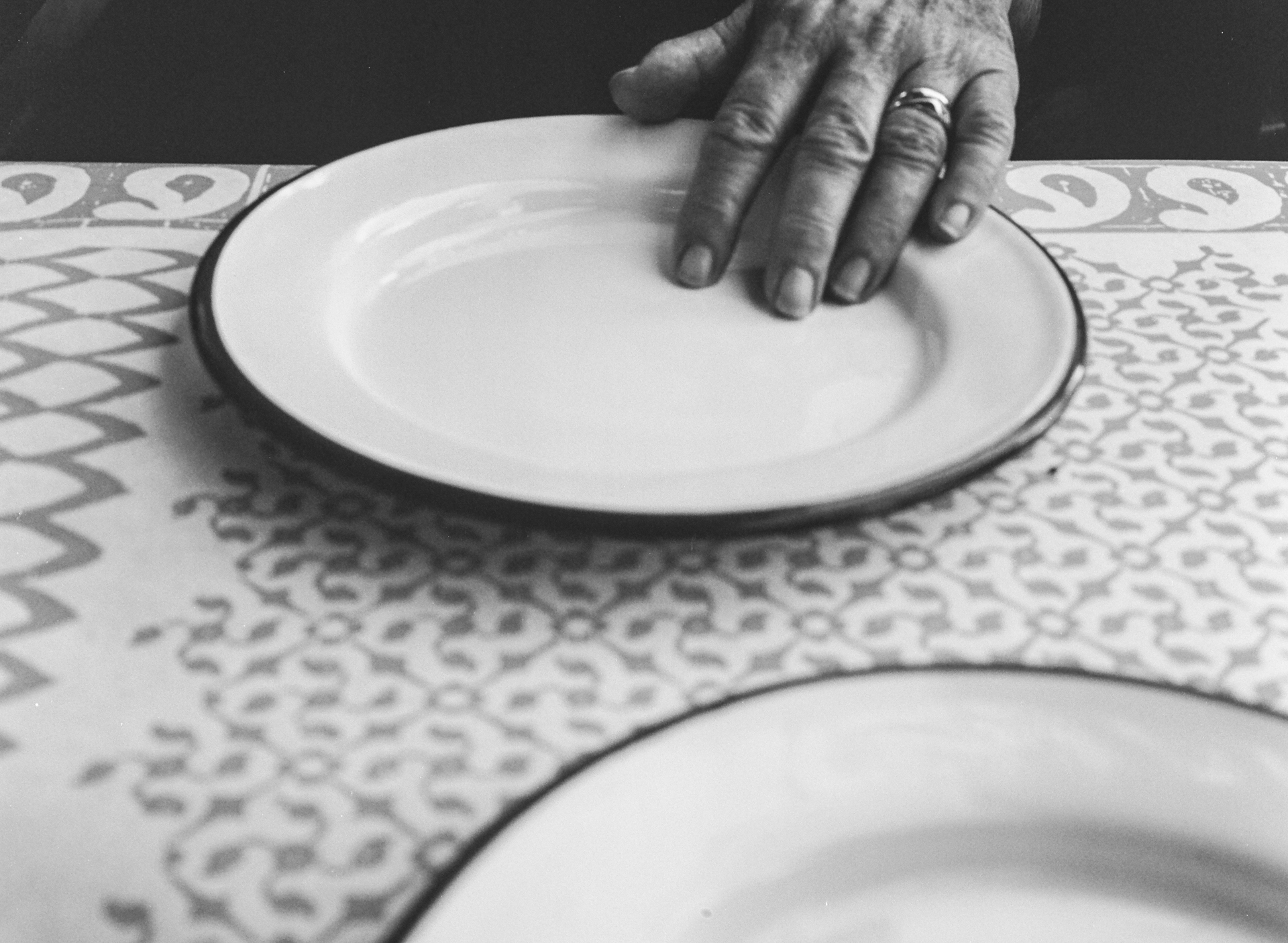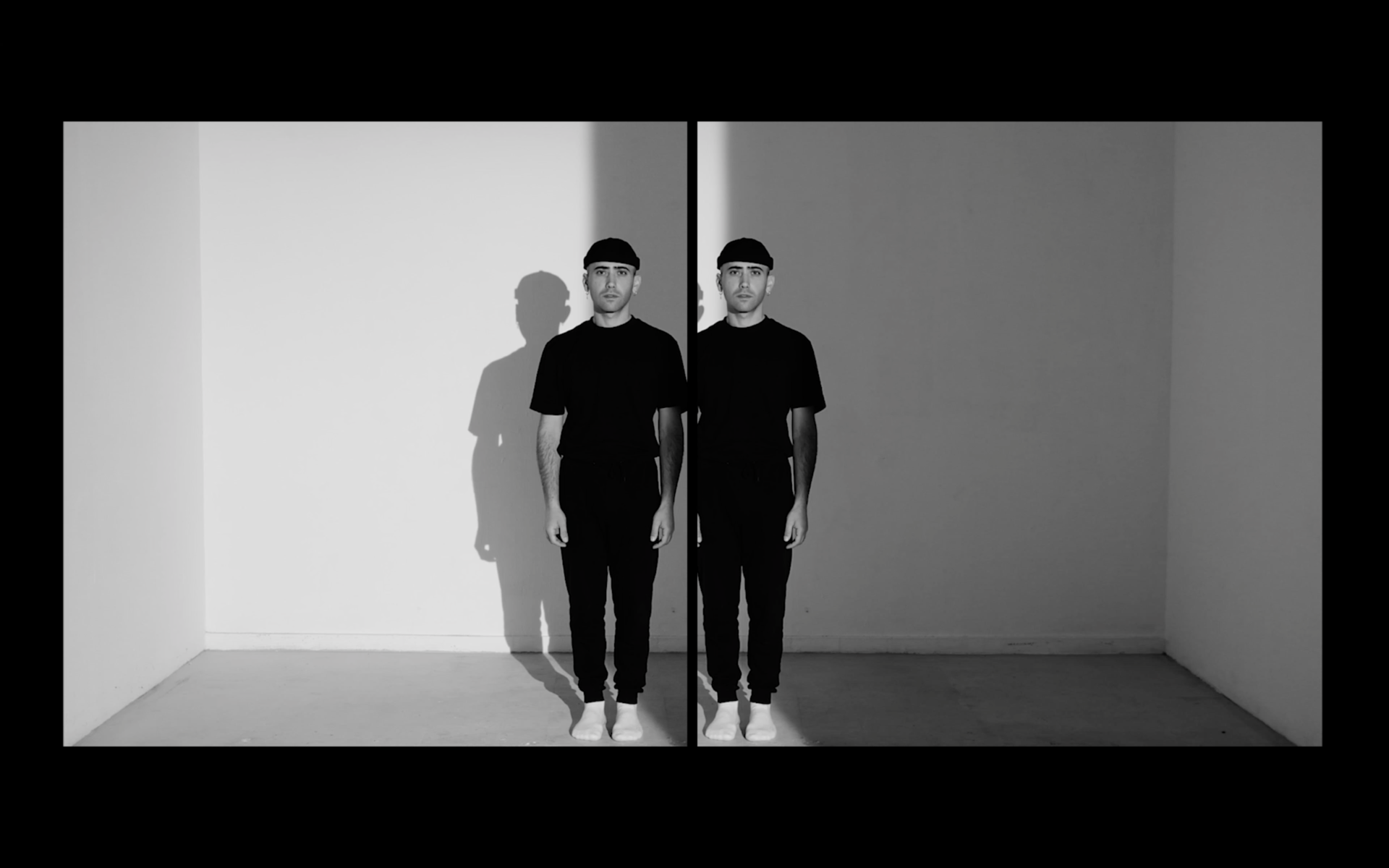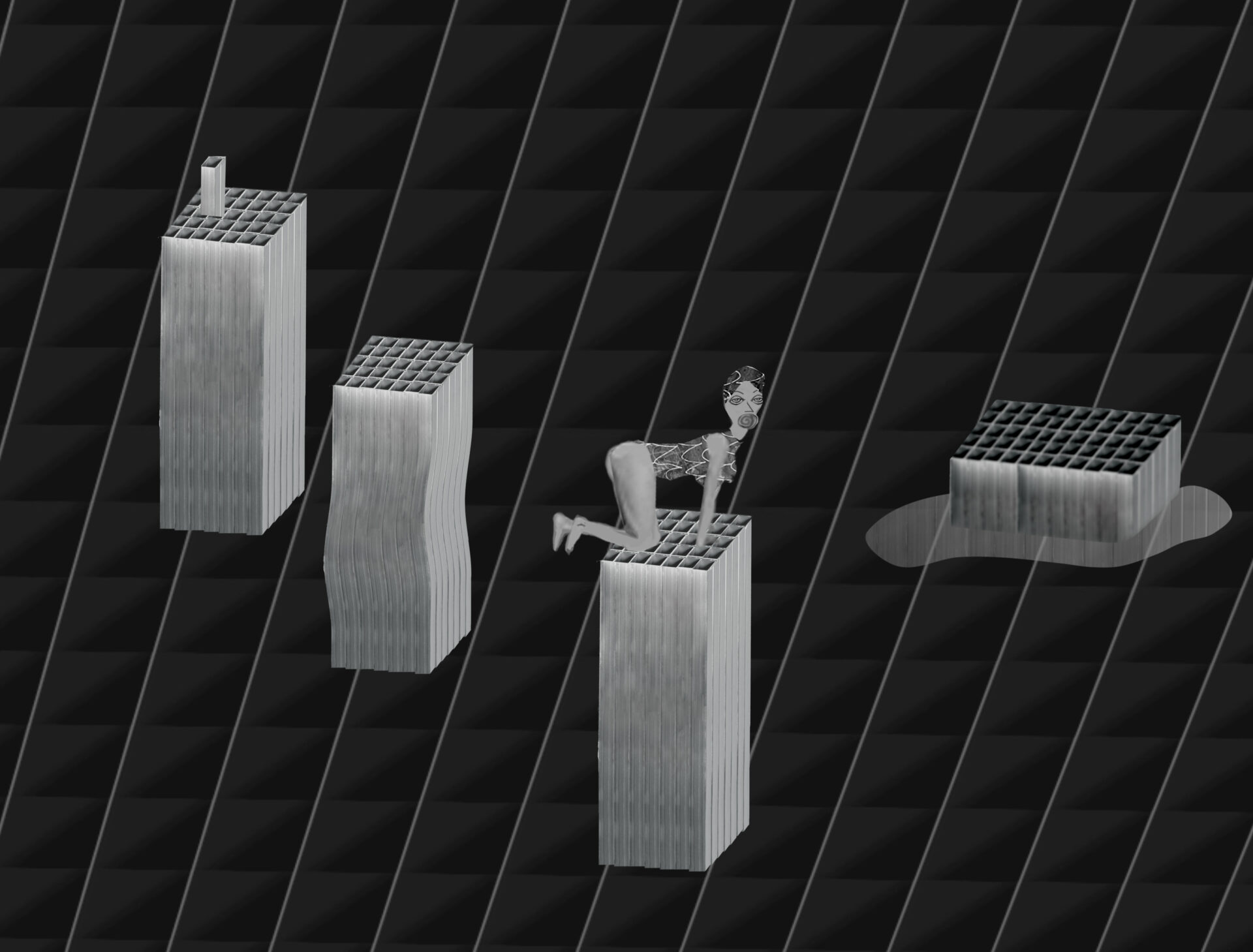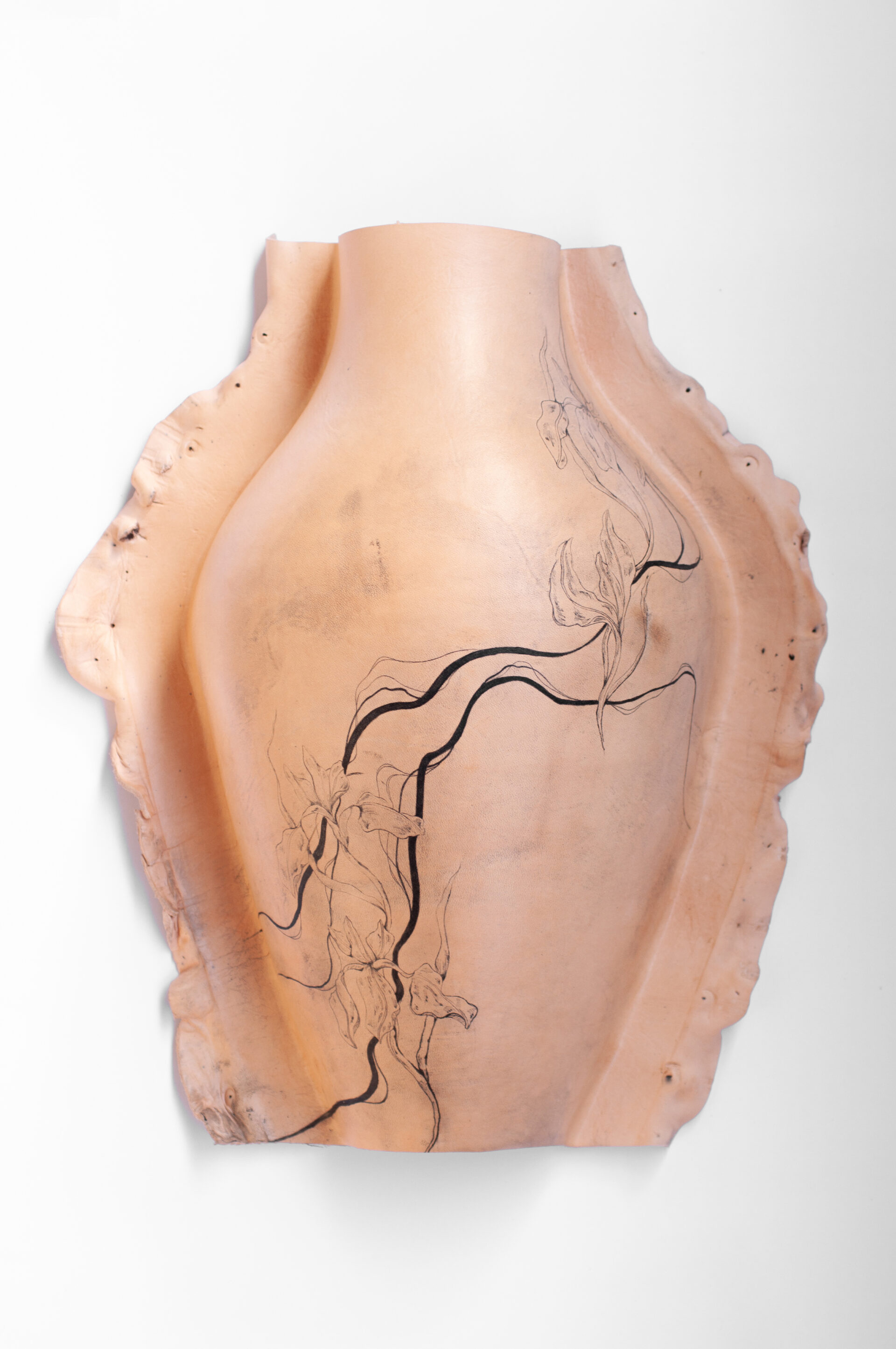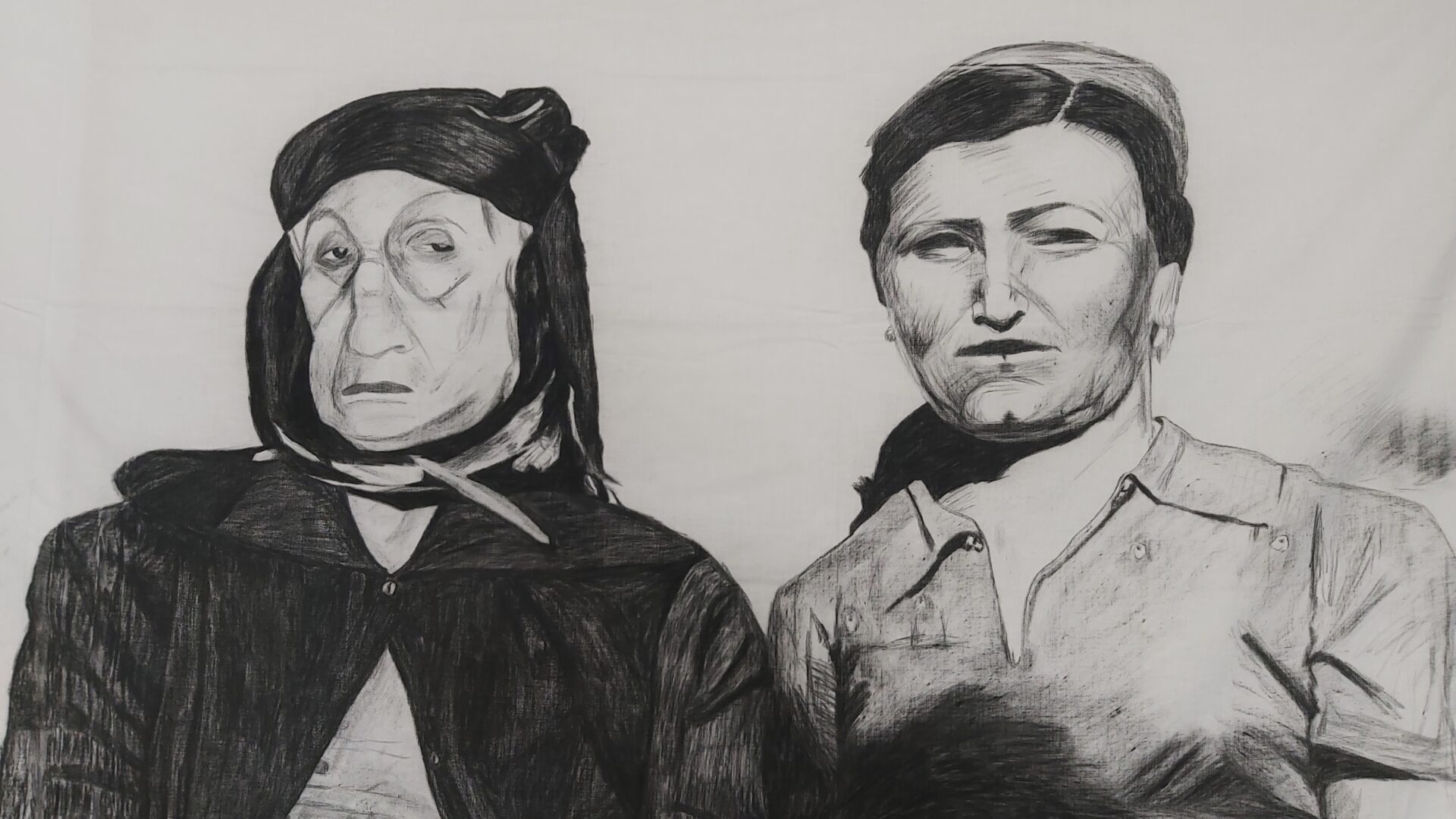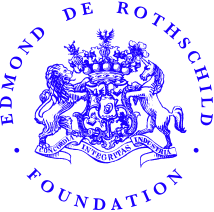The exhibition Miscellaneous is the culmination of the Edmond de Rothschild Center’s Incubator project, now in its second year. This unique incubator, connecting artists and designers, provides participants with a platform for testing and deepening their work practices. The following ten young artists and designers—Nadia Adler, Leroy Bar-Natan, Lee Ann Bracha, Sagi Hackmon, Evgenia Kirshtein, Talia Luvaton, Liz Marr, Amit Naor, Tair Uria, Ashger Zamana— all of whom have completed their undergraduate studies in the last three years, were selected from a call for participants from the center’s professional development program. The second Incubator project allowed the artists and designers to examine the work processes forged through their joint work. It created a space where the designers could delve deeper into content that was not normally a part of their daily practice, and where the artists could explore modes of creativity in a supportive and nourishing setting.
The group began to coalesce through meetings with curators, artists, lecturers and professionals from the fields of art and design. Participants were invited to investigate the concept of “truth,” an inquiry that spurred them to explore different modes of action, from the contemplative, to the material, to the processing of a sensory or emotional experience. The works in the exhibition represent a summary of a process of contemplation, in-depth exploration and shared discourse stemming from each of the participants’ unique worldviews. The quest for personal representations of the concept of “truth” invited introspection and has resulted in an exhibition filled with both tender and candid moments.
The works of sculpture, ceramics, painting, sound, video, and installation scattered throughout the exhibition space and at the building’s entrance, each in their own way, refer to the issues that preoccupied the exhibition’s participants: disrupted reality, examining identity, dealing with grief and loss, investigating material and production processes, and looking at family history. The works, which whisper rather than shout the multiplicity of topics that motivated their makers, create the space needed for attentive listening and a closer view.

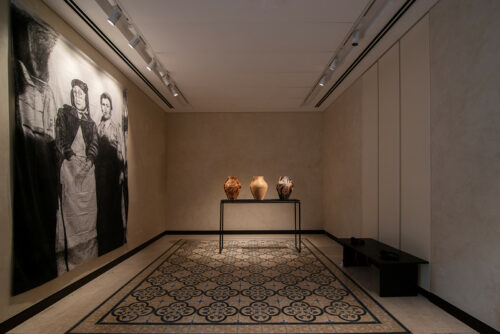
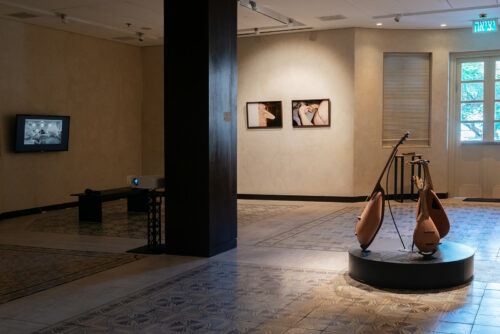
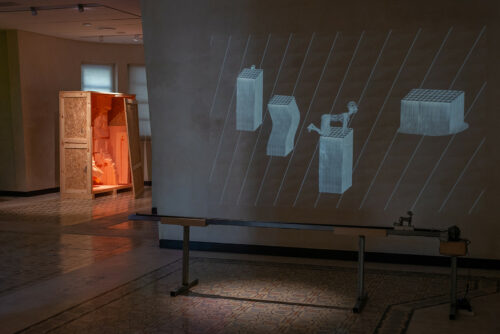
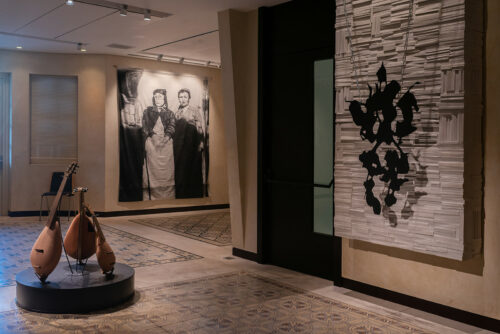

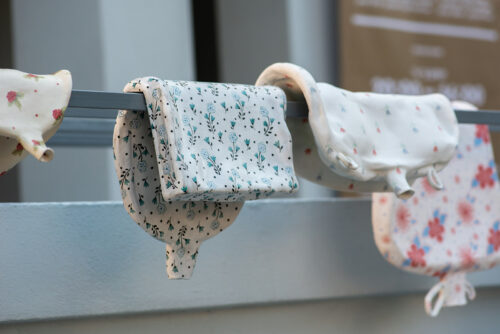
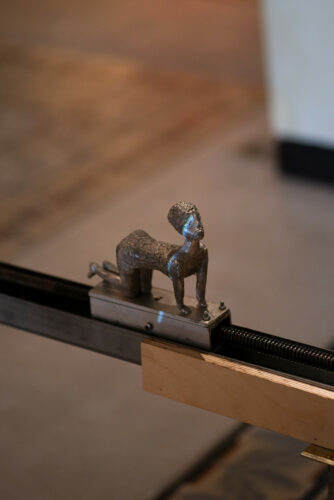
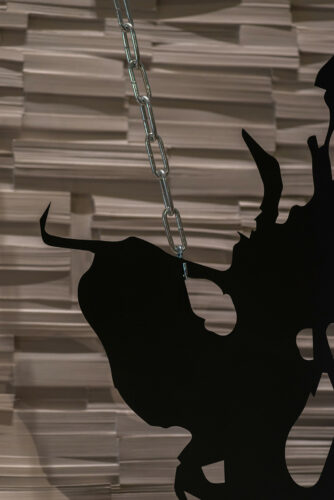
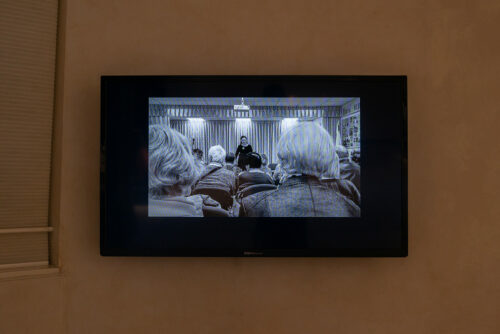
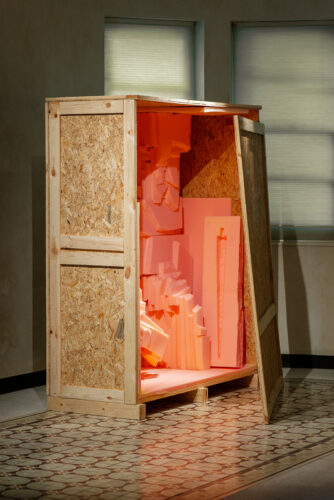
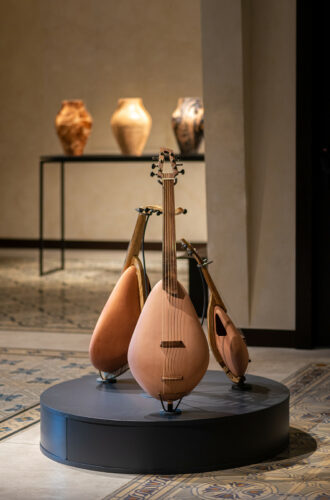

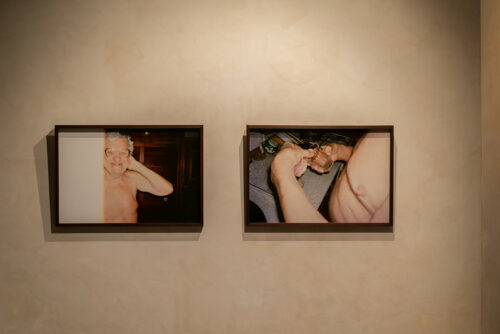
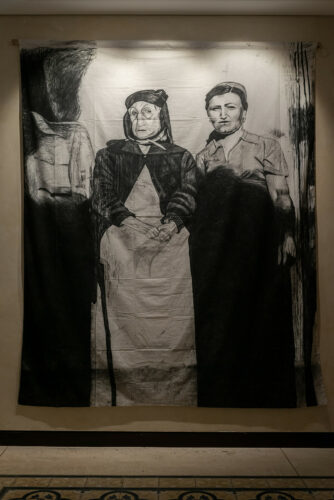
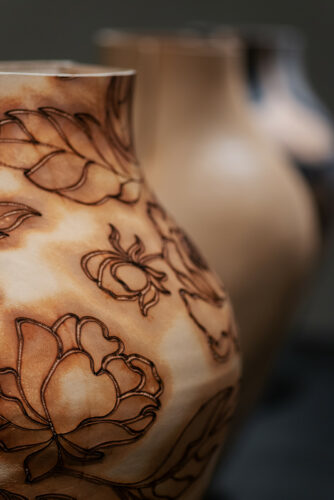
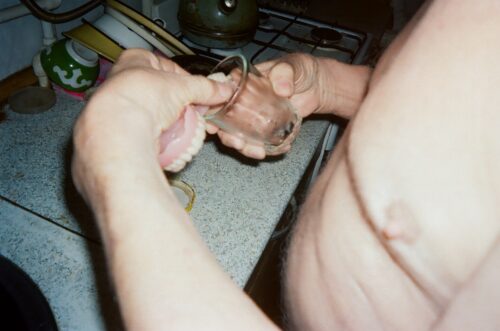

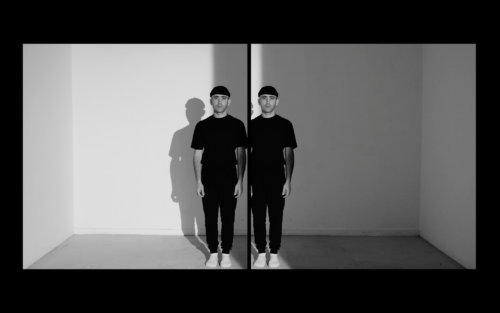
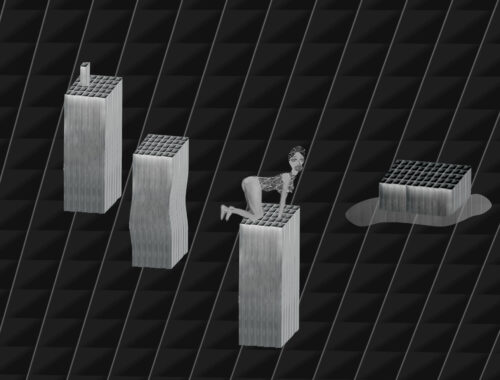
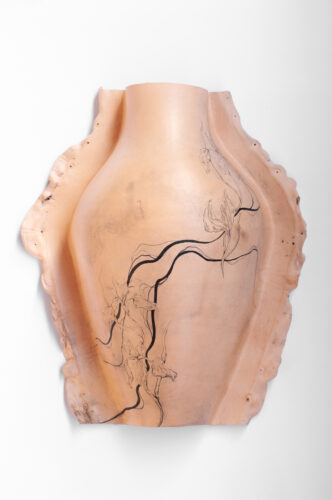
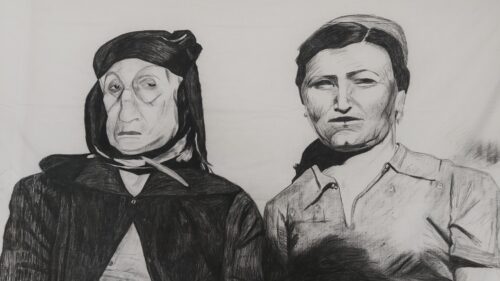
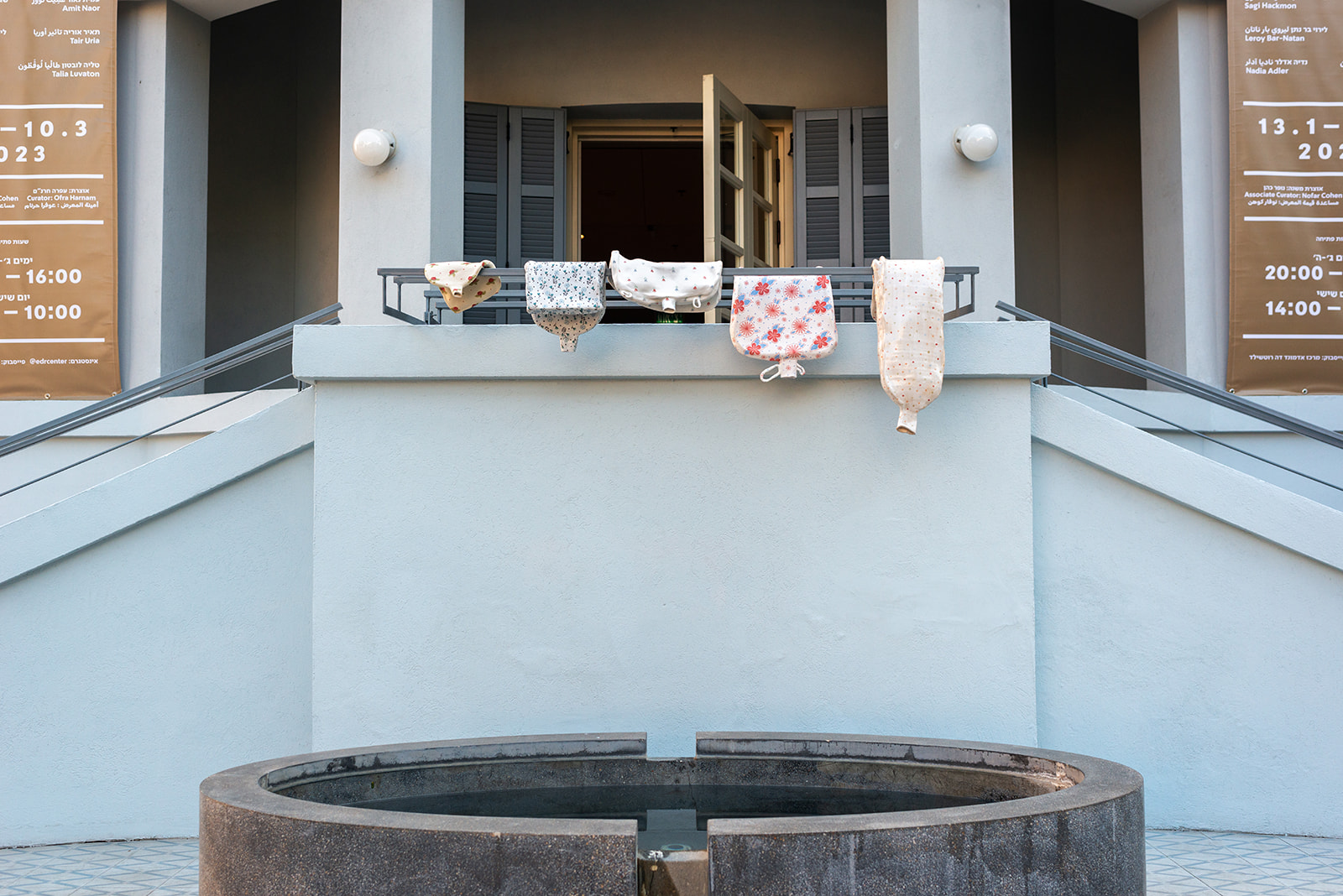
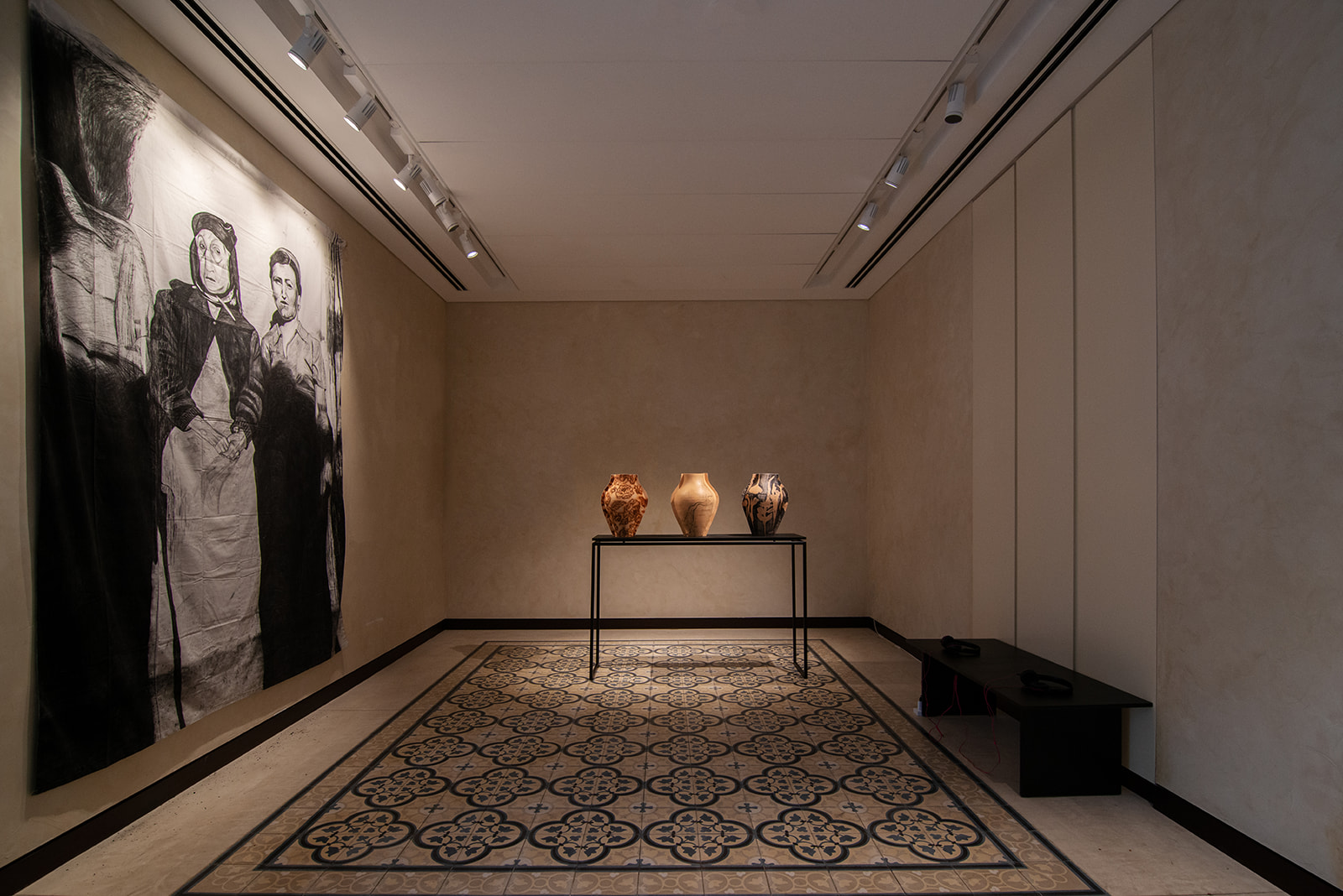
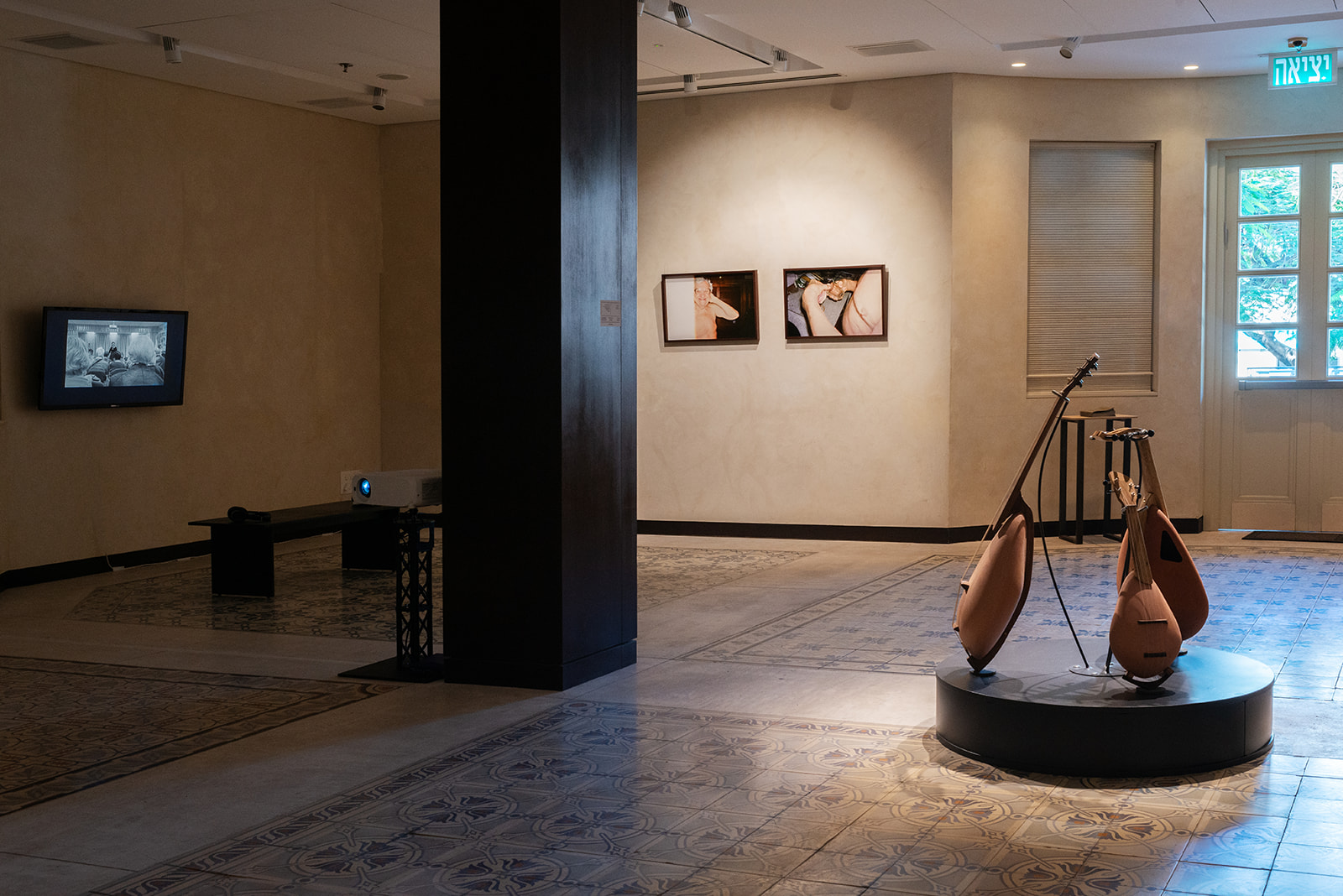

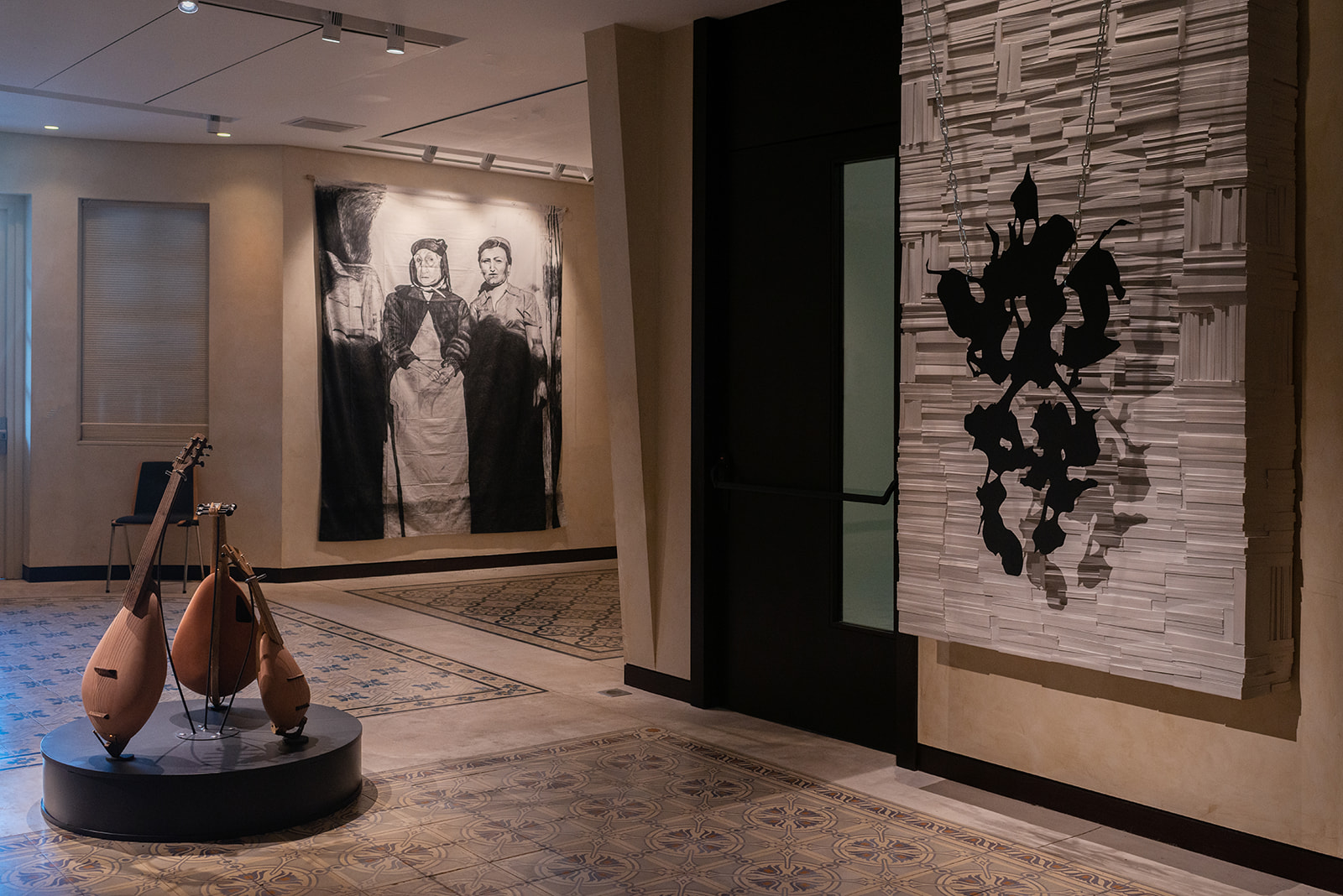
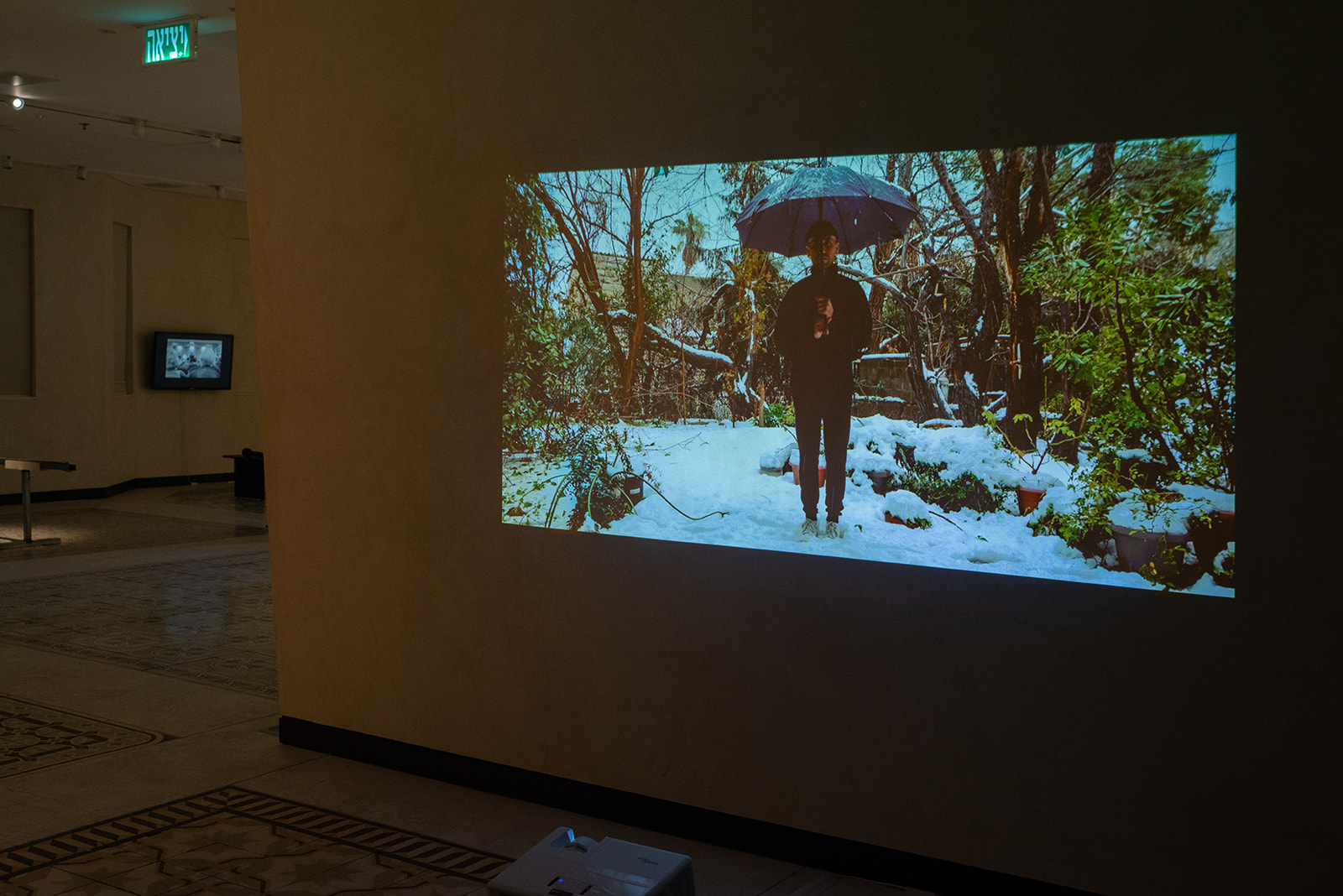 Photography: Neta Cones" width="1600" height="1068">
Photography: Neta Cones" width="1600" height="1068">
